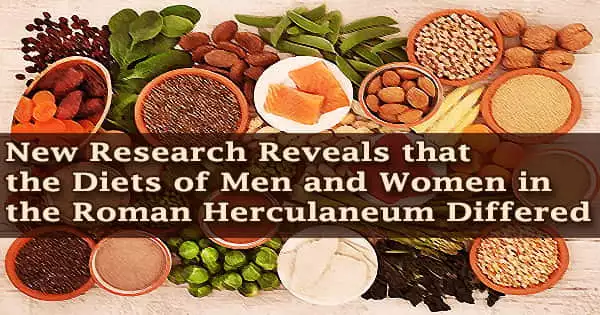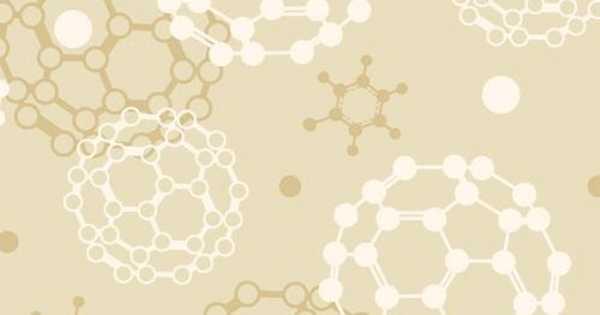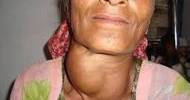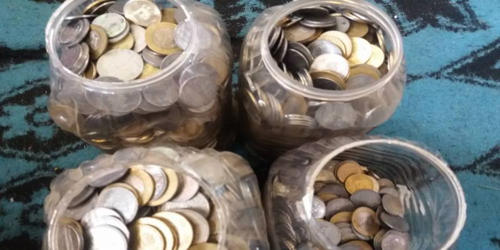People diet for a variety of reasons, as there are many motivations to wish to live a healthy lifestyle. Researchers led by the BioArCh team at the University of York devised a novel method for analyzing amino acids, the building blocks of proteins, from 17 adult bones discovered in the aftermath of Vesuvius’ eruption in 79 AD.
The researchers were able to recreate the diets of people who lived contemporaneously in considerably more detail than was previously considered feasible by detecting carbon and nitrogen isotopes in bone amino acids.
Senior author, Professor Oliver Craig, the Director of BioArCH from the Department of Archaeology said:
“The remains of those who perished at Herculaneum in AD79 offer a unique opportunity to examine the lifestyles across an ancient community who lived and died together. Although historical sources frequently hint to disparities in food access across Roman society, they rarely give direct or quantitative data.”
“We found significant differences in the proportions of marine and terrestrial foods consumed between males and females, implying that access to food was differentiated according to gender.”
In Herculaneum, near Pompeii, 340 persons have been unearthed from the beach and nine neighboring fornici (stone vaults) that run parallel to the coast, where people sought refuge from the pyroclastic flow.
According to the researchers, they were able to more precisely quantify the gender discrepancy among the cohort, with males consuming around 50% more dietary protein from seafood than females.
In comparison to their female counterparts, men got a slightly larger amount of protein from cereals, but females acquired a higher proportion of protein from animal products and locally cultivated fruits and vegetables.
“Our research adds on what we know that males had better access to marine fish at Herculaneum and more generally in Roman Italy,” said lead author Silvia Soncin of the Department of Archaeology.
Males were more likely to be actively involved in fishing and marine operations, to have more privileged social positions, and to be liberated from slavery at a younger age, allowing them more access to valuable commodities like fresh fish.
The researchers were able to more correctly measure historical diets using their new method, allowing them to be compared to modern nutritional records. The researchers believe that fish and seafood contributed more to the meals at Herculaneum than they do to the average current Mediterranean diet, which is increasingly dominated by animal items. Between ancient and modern times, a similar share of grains was eaten.
One dish is preferred over another for cultural and religious reasons. There are also ethical and environmental considerations. Food allergies, as well as medical and health disorders, cause certain people to eat in a specific way.
The study was carried out in collaboration with the “Museo delle Civiltà” in Rome, as well as the Archaeological Parks of Pompeii and Herculaneum, among others.
The study was published in Science Advances under the title “High-resolution dietary reconstruction of victims of the AD79 Vesuvius eruption at Herculaneum by compound specific isotope analysis.”
















